Different methods protect our walls according to our regions.
In Brittany, Auvergne and many other provinces, stone is placed in ears above the walls and sealed with earth mortar.
Elsewhere it will be stone laid flat and raw in order to let water infiltrate without damage when the walls are made of dry stone (without mortar).
The clay in the areas with clay soil offered the tile as a covering for our walls.
The problem remains maintenance over time to ensure the durability of the walls.
Burgundy has been producing couvertines for centuries:
The abundance of limestone quarries allowed the production of particularly dense stone slabs,
perfectly cut to cover any construction subject to the vagaries of the climate.
The stone was always chosen to be frost-free: Poiseul, Buxy, Travertine...
Since the dawn of time, rocky people have manufactured these slabs that are easy to install and guarantee a more than exemplary longevity.
Some Roman or Gallic walls are still covered with it.
The more modern couvertines - from XV, XVI to the XVIIIth century - are of a traditional thickness between 8 and 10 cm.
These slabs usually have 5 to 8 cm larger on each side of the wall.
A drop of water is made on the underside of the slab.
Small groove 2 cm from the outer edge of the stone, this allows water not to run down the wall, but to drip a few centimeters from its foot without damage in periods of frost.
The widths are calibrated to that of the walls. The lengths vary from 40 cm and 1 meter.
We have always paid attention to the quality of the joints that bind them. These are done regularly by overlapping one slab on the other at mid-thickness. A dense lime mortar is sufficient to guarantee against infiltration.
We find in the region of Chatillon sur Seine, Haute Bourgogne, pieces of flat stone or tiles sealed below the joints between slabs. This further ensures the evacuation of water that could pass through the joint.
The price of €180 per linear meter, whatever the width, is reasonable given the scarcity of this exceptional product.
The supply of this type of material has become scarce in recent years.
Lots are getting fewer and fewer.
Requests sometimes require a little patience...


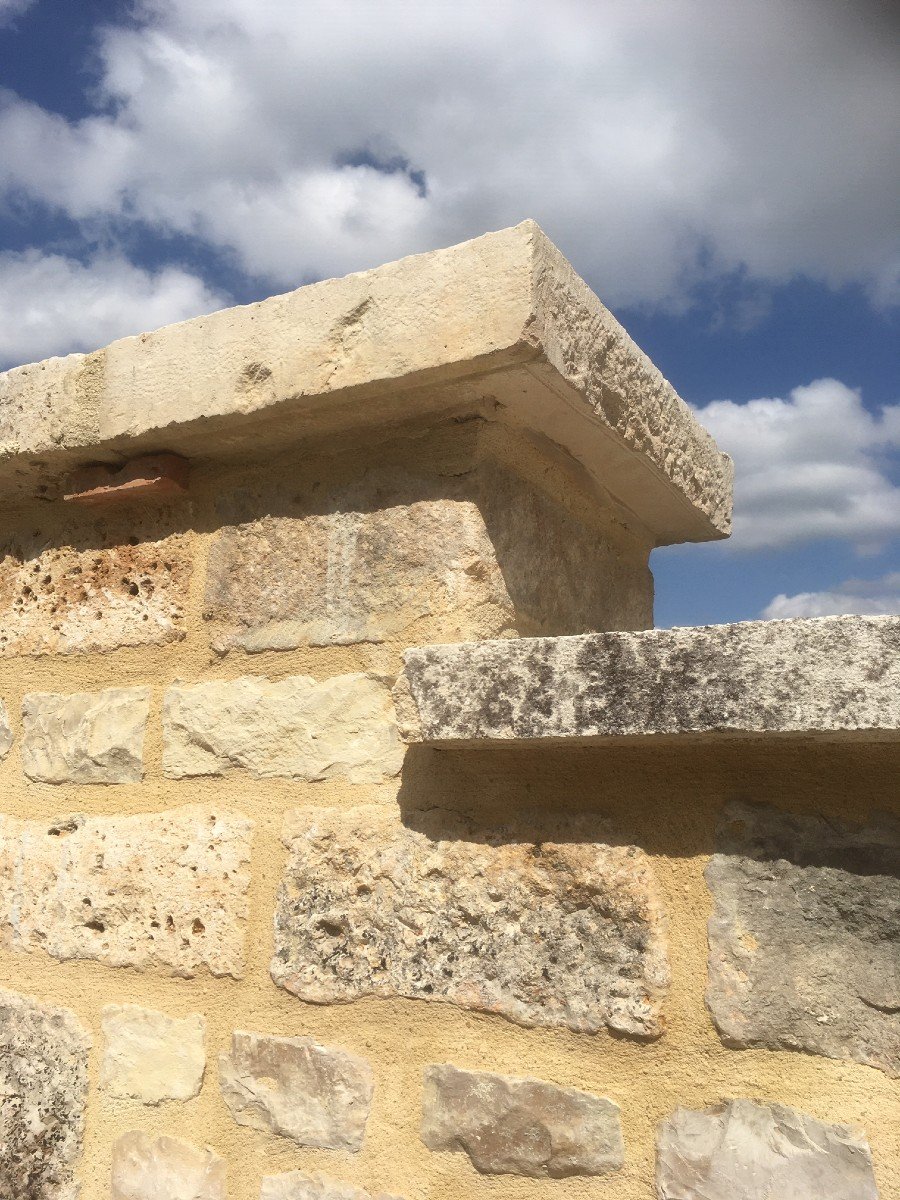




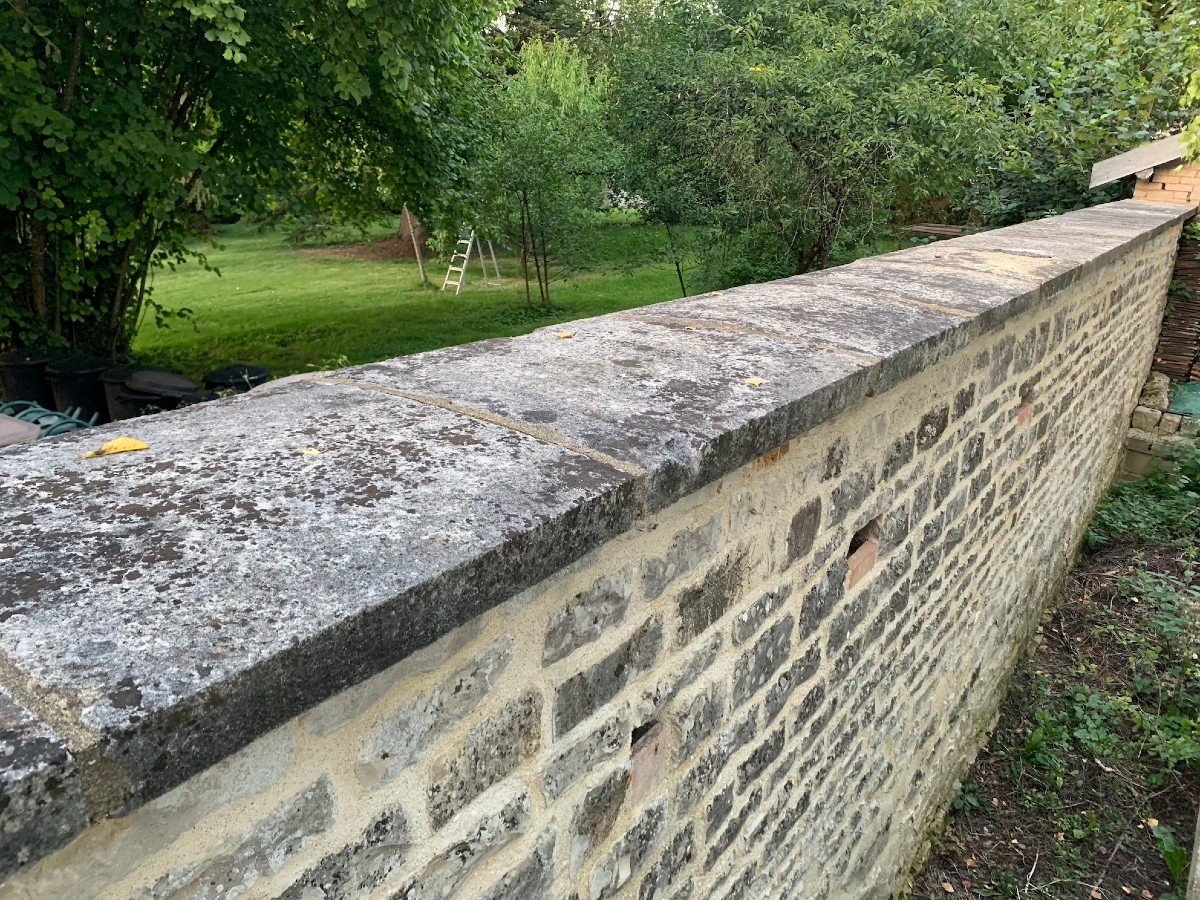

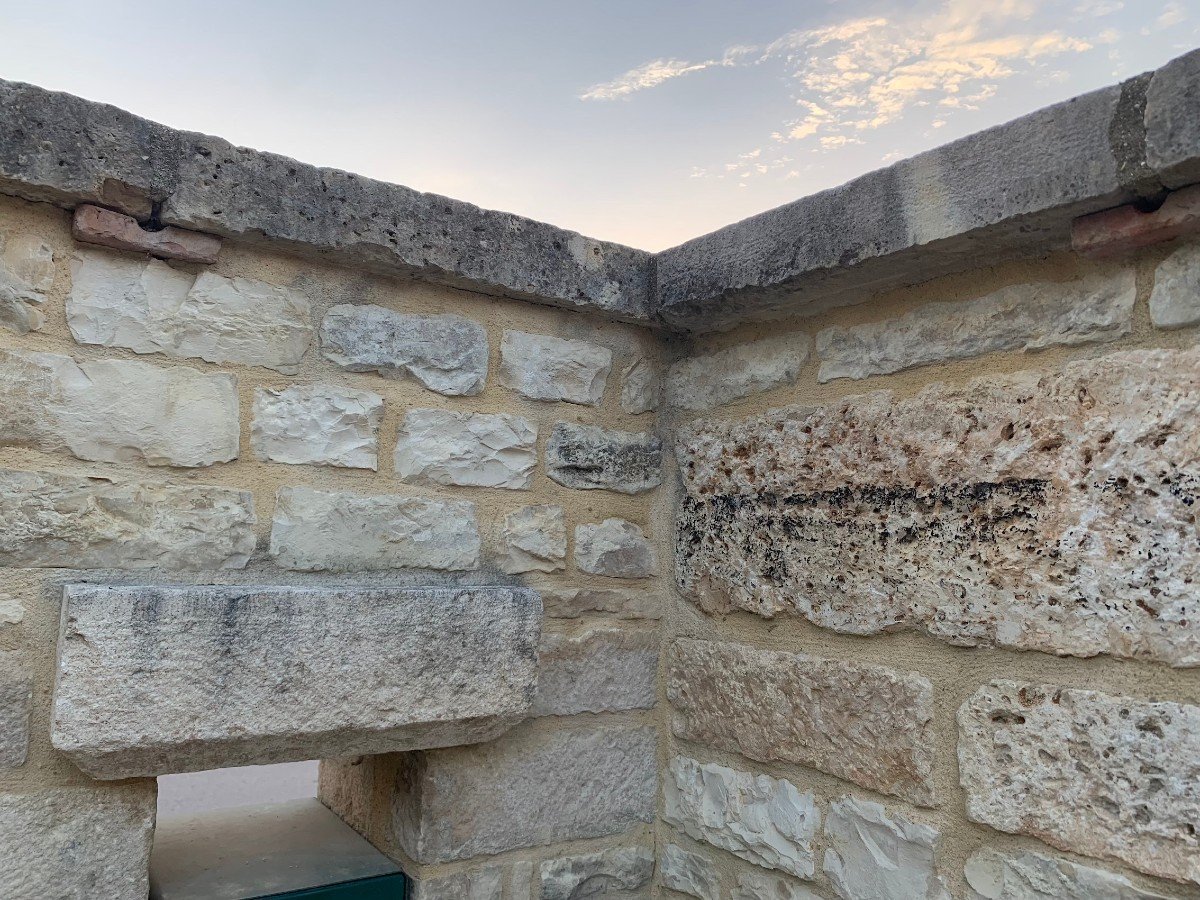
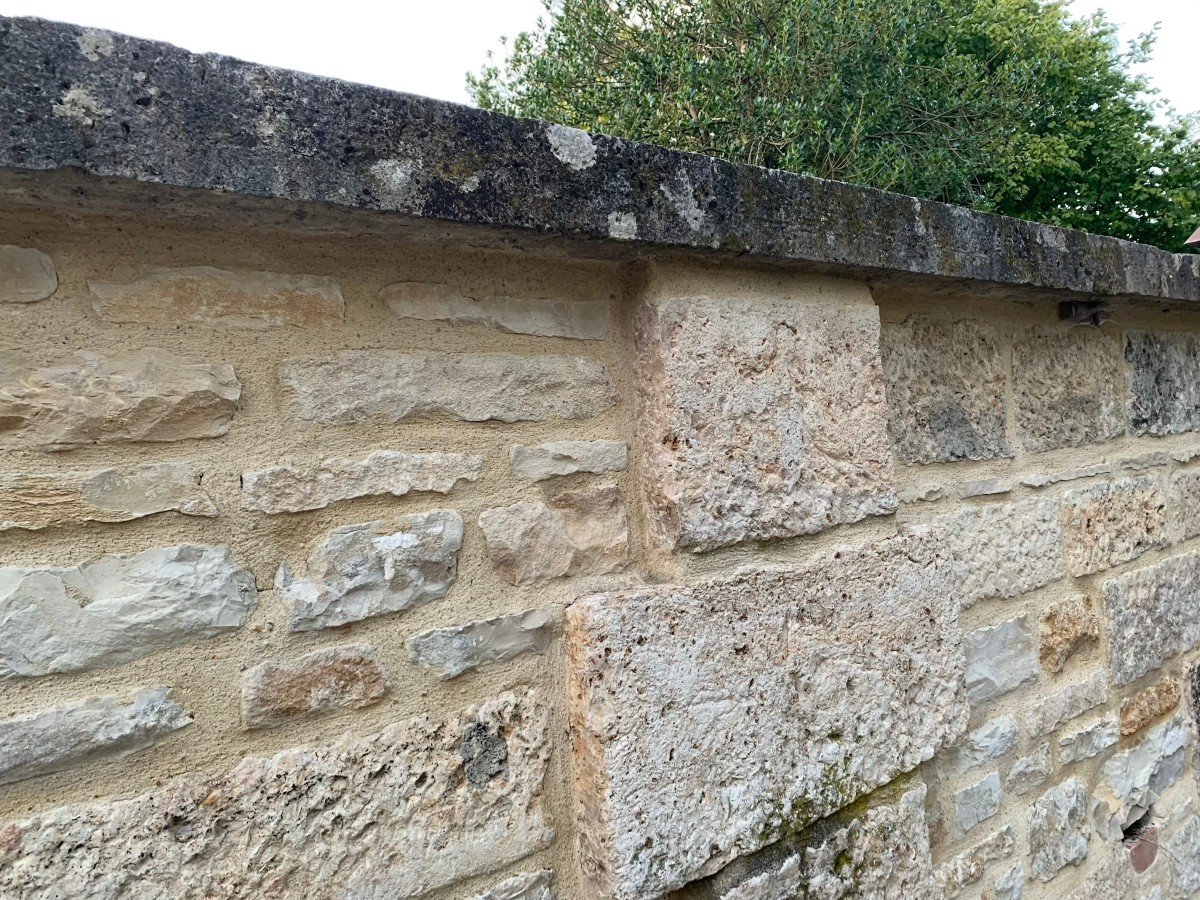
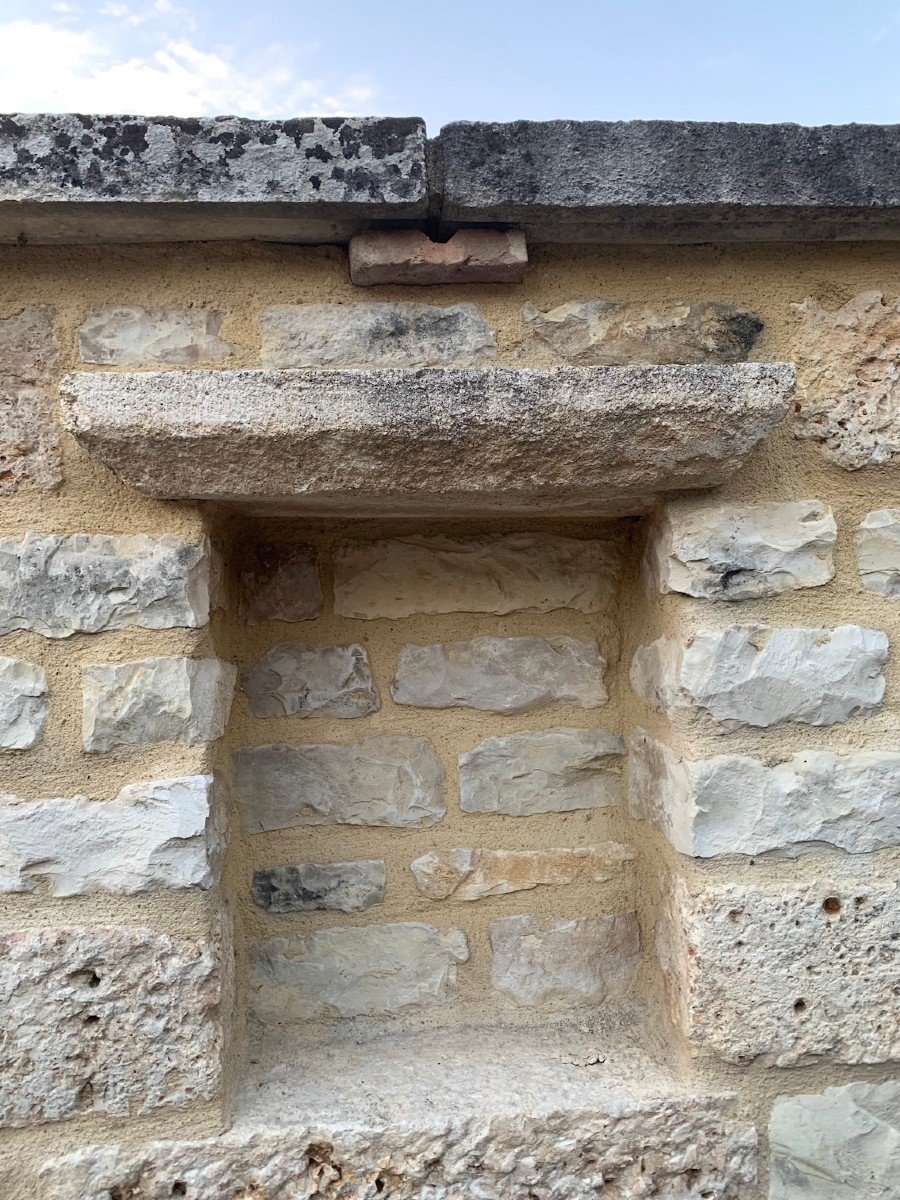











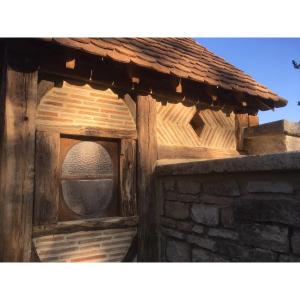
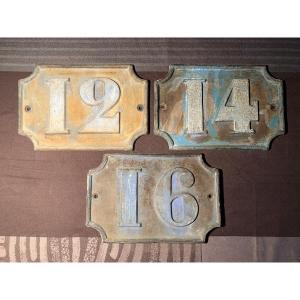
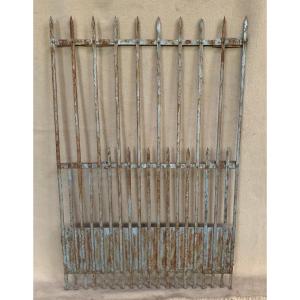





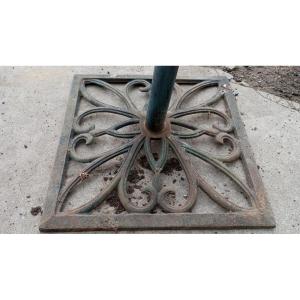
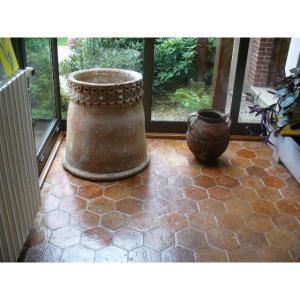

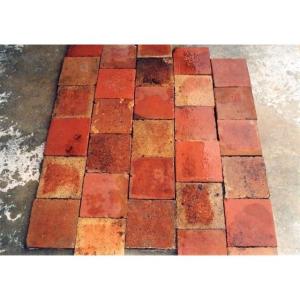
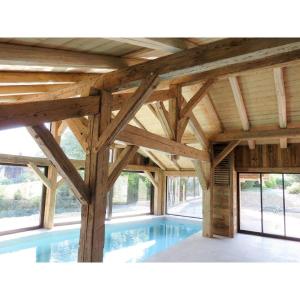




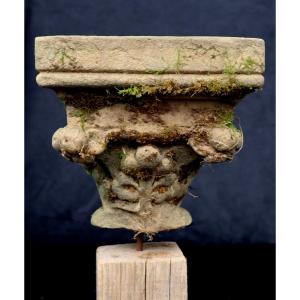




 Le Magazine de PROANTIC
Le Magazine de PROANTIC TRÉSORS Magazine
TRÉSORS Magazine Rivista Artiquariato
Rivista Artiquariato